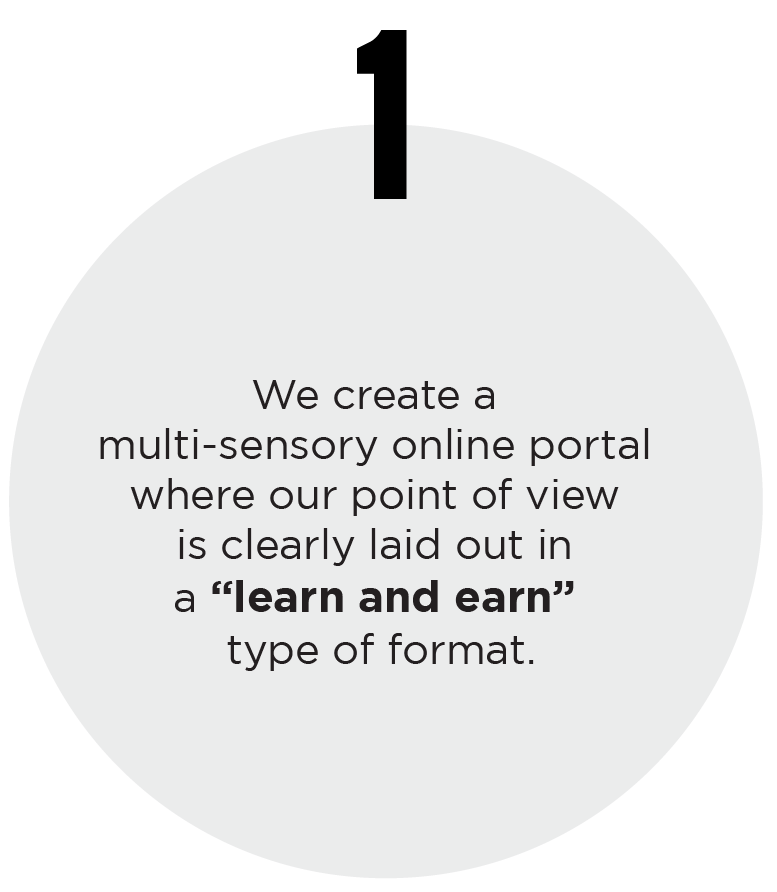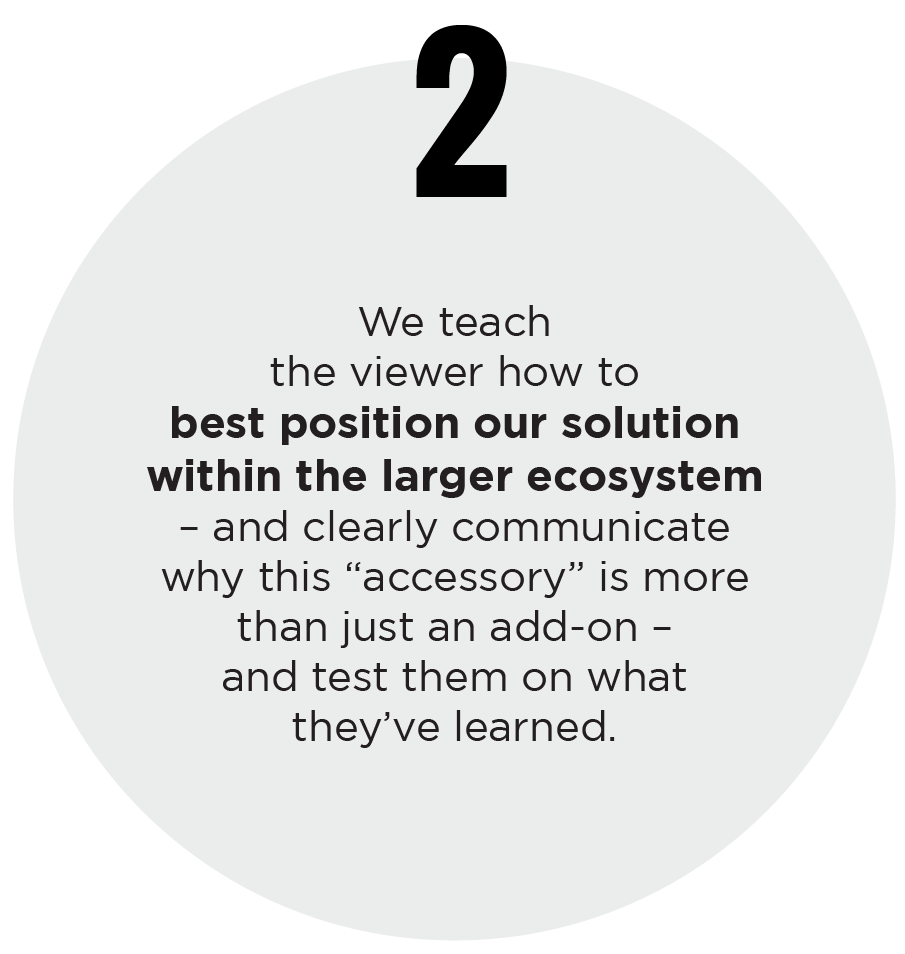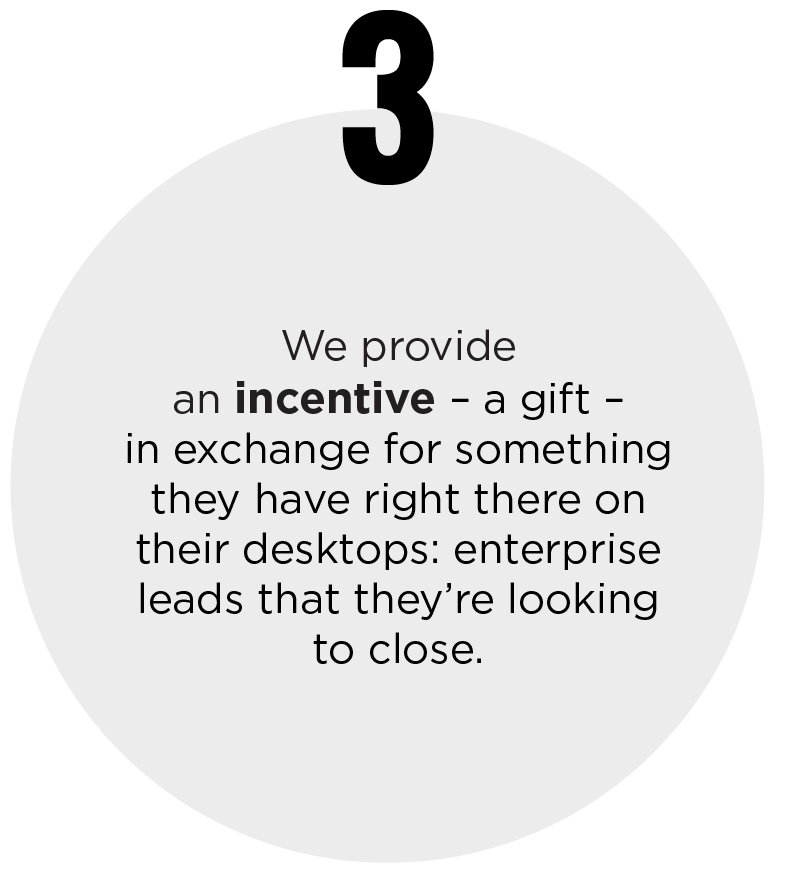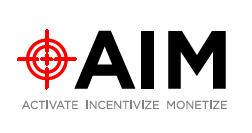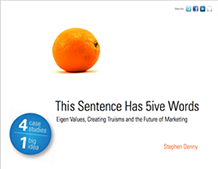The AIM Program
“How Do I Get More Mindshare from My Indirect Sales Channels?”
That’s what we hear from many B2B brands when they’re working through bottlenecks with strategic alliance partners or channel field sales organizations where their offerings are viewed as accessories or add-ons.
So how do we get them into the conversation so their voice is heard and their solution can have a fighting chance?

Activate, Incentivize, and Monetize. Call it AIM, for short.
And at the end of this process, we deliver the leads your organization needs – we get you in the conversation, now and in the future.
Is the AIM Program training? Advertising? Sales enablement?
Yes. But it’s more than that.
You may think this is a simple “online training” site or “channel partner on-boarding module” – and you’d be forgiven if you did. But it isn’t.
It certainly has an educational component. It has an incentive component to it, too. If you are familiar with most popular PRM platforms, you can see that the AIM Program fits neatly between traditional “channel marketing” and “channel learning.” The key difference – and what makes the AIM Program a critical missing component of the strategy, is that it has a clear demand generation call-to-action. The AIM Program is not a passive, “information on demand” resource. It drives sales-qualified leads back to your team to close.
Nor is it just a “sampling program,” an “incentive program,” or a “promotional microsite.” There are elements of all of these, but you’d be missing the bigger point. The AIM Program leverages the best research, theory and practice in the social psychology of both storytelling and interpersonal influence – the same principles and flow used in Hollywood,
Our goal is simple. Use the best possible tools and methods to help you move your reseller partners from zero to 1 – or from 1 to 100 – faster.

Want to hear how the AIM Program has delivered results for clients in highly competitive B2B environments? Read our live case study here – or listen to a podcast interview we did a few years ago together with the former president of Jabra on the success of the AIM Program here.
Let’s talk about how we can put this AIM Program to work for you.
